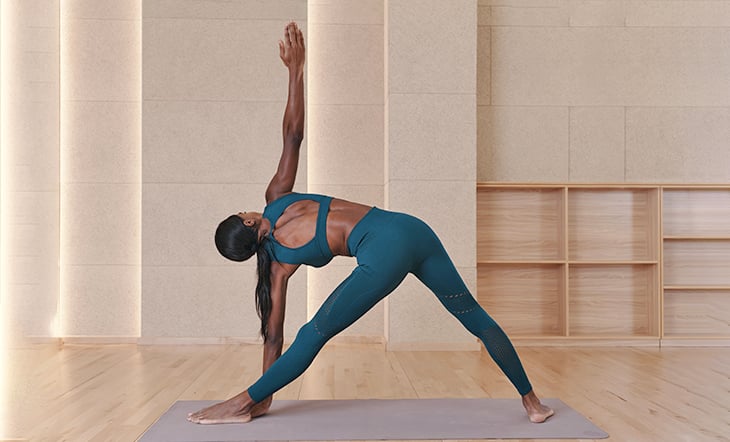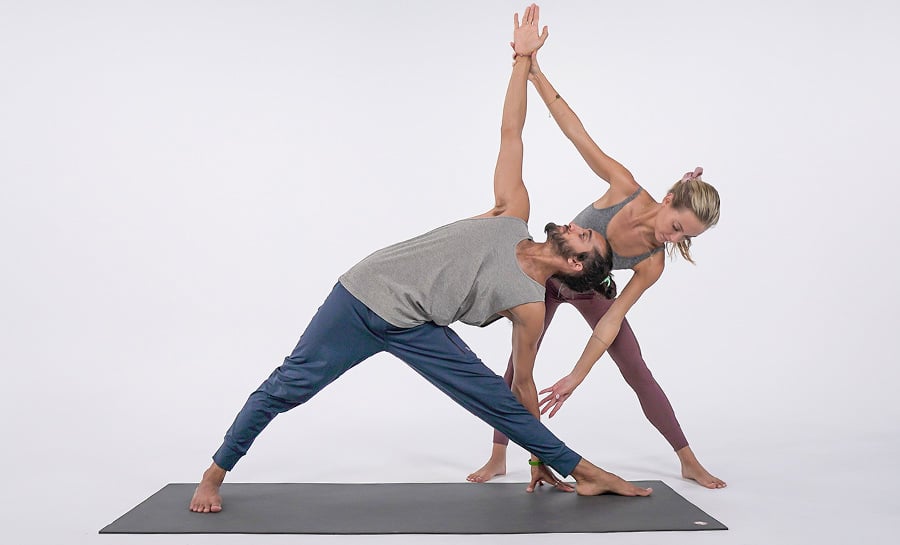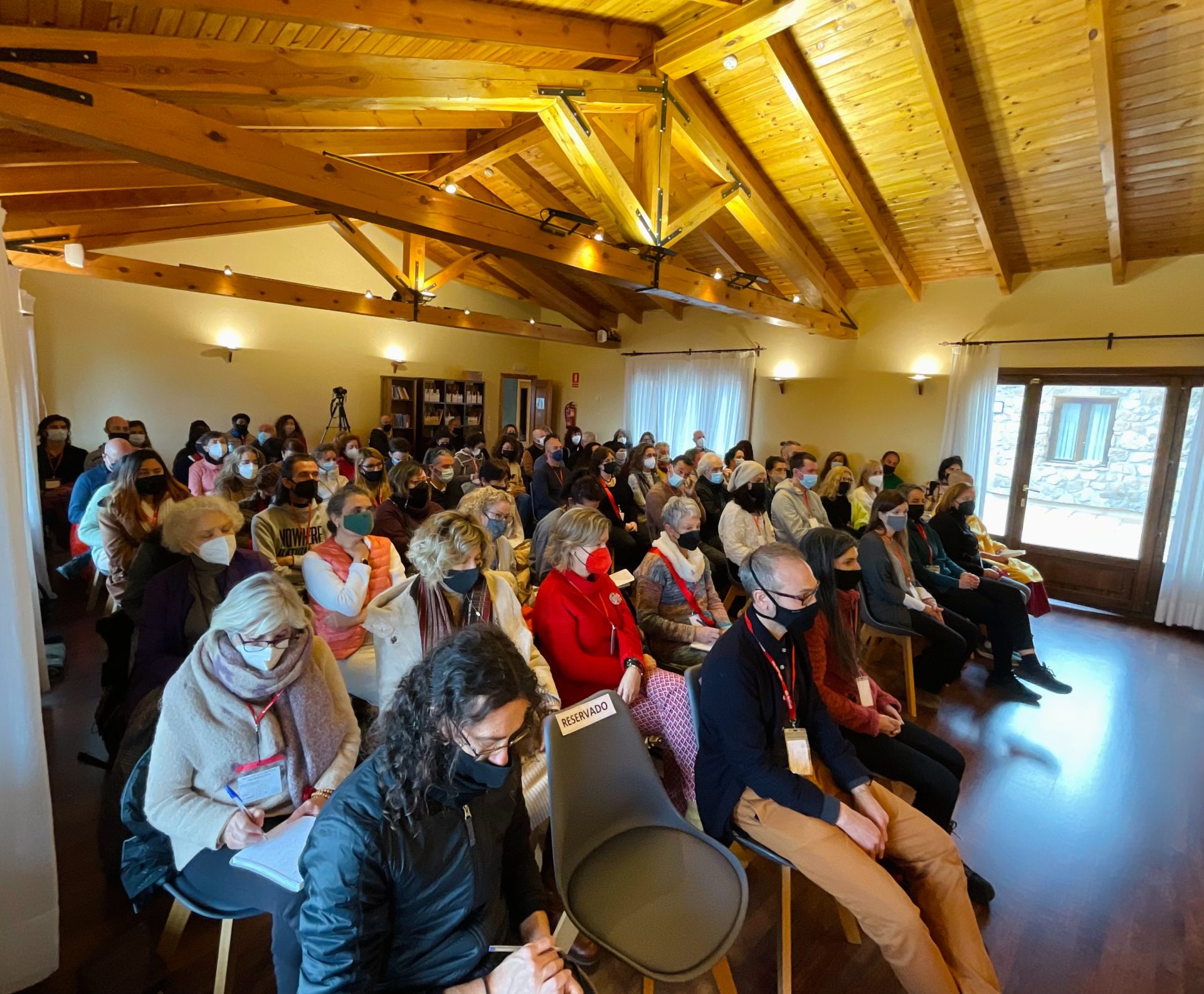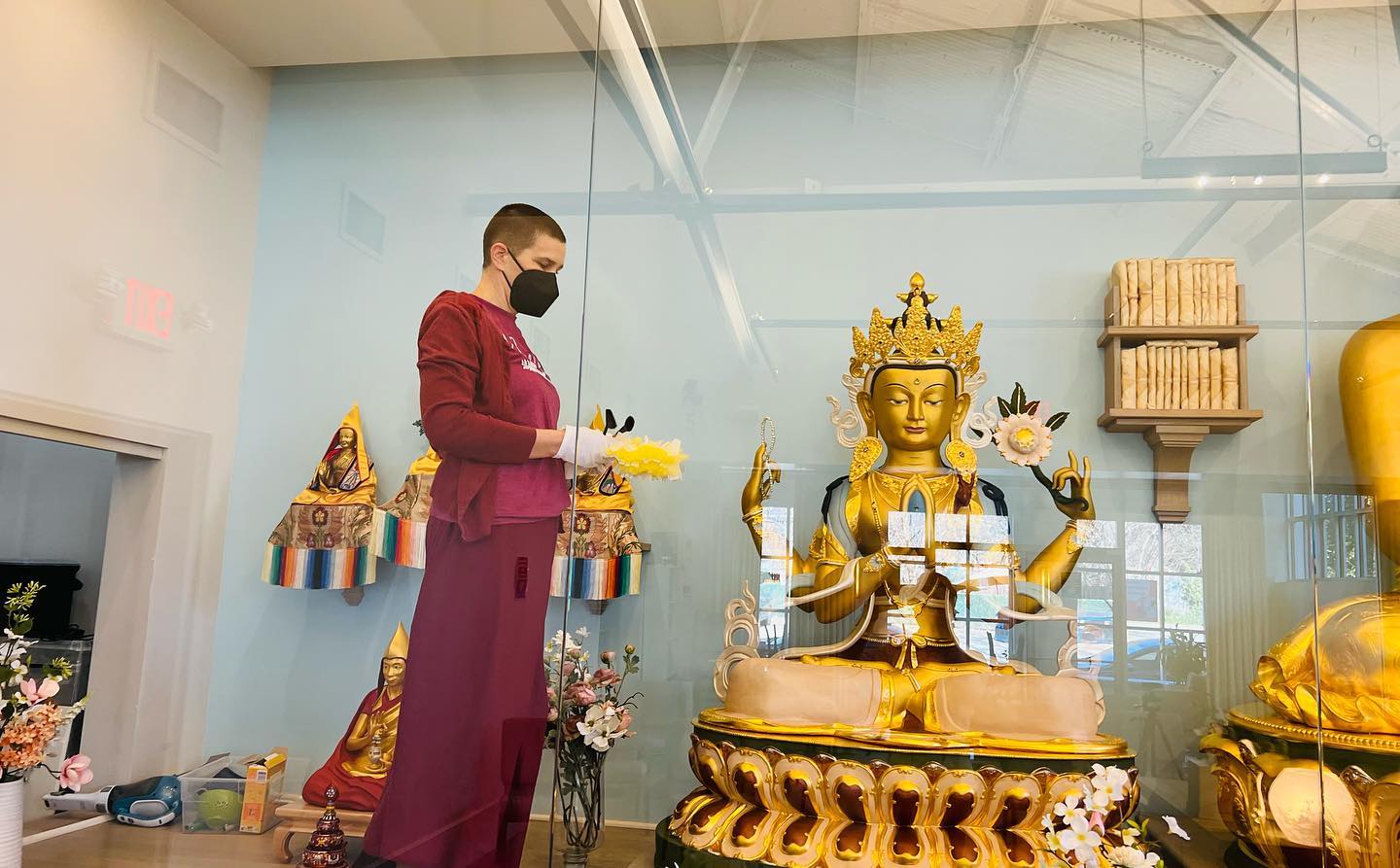Learning Yoga: How to Do Triangle Pose (Trikonasana) Safely + Correctly
Triangle Pose is a common standing yoga posture that is great for both beginners and the experienced yogi. Triangle Pose (aka Trikonasana) combines a deep side bend with a chest opener, and you’ll feel a sense of both length...

Triangle Pose is a common standing yoga posture that is great for both beginners and the experienced yogi. Triangle Pose (aka Trikonasana) combines a deep side bend with a chest opener, and you’ll feel a sense of both length and strength while in this pose.
It might be obvious, but the shape of this yoga pose resembles a triangle and is what the pose is named after.
You’ll find this yoga pose in most styles of yoga practice, with the exception of Yin and Restorative. It’s often practiced in conjunction with Warrior Poses and is part of the Moon Salutation sequence and the Ashtanga Primary Standing Series.
Proper alignment can be a bit tricky in this yoga pose, particularly for beginners. Read on to learn all the details to safely practice this pose.
Pose at a Glance
Sanskrit Name: Trikonasana, or Utthita Trikonasana
Pronunciation: tree-ko-na-sana
Targets the Body: Full body posture that both opens and tones the body while improving balance
Muscle Groups Involved: Shoulders, Spine, Chest, Arms, Hip Flexors, Glutes, Groin, Hamstrings, Core
Nuances: Angle of the hips, keeping a lengthened and aligned spine
Here’s How to Access Triangle Pose:
Start in Mountain Pose (Tadasana) facing the front end of your mat Leaving your right foot facing the front of the mat take a large step back with your left foot Place your left foot on the mat so your toes point towards the side of the mat, at approximately a 45 degree angle from your front foot Traditional alignment has the heel of the front foot in line with the arch of the back foot Rotate both hips open to the side of the mat Bring your arms out to shoulder height making a “T” shape Engage your core muscles and lengthen your lower back to find a neutral pelvis Shift your left hip towards the back of your mat while you drop your right hip slightly Your hips should end at an angle with your left hip higher than your right Lift through your right thigh to “plug” your fight femur securely into the hip socket Gaze forward over your front hand Reach forward to lengthen your spine, then hinge down reaching your right hand to either your right shin or the ground If resting your right hand on your shin, be careful not to place too much pressure there which could cause you to hyperextend though the knee Lift up through your left shoulder to extend the opening of your chest Keeping your head in line with your spine bring your gaze up to look at your left thumb Your arms should be in a long line perpendicular to the floor Lengthen through both sides of your body to maintain extension through the spine Engage your core muscles to maintain balance in the pose Activate the left leg glutes along with the right leg psoas muscle to stabilize the pelvis Press down through both feet, while lifting up through the arch and knee capsReady to Practice? Check Out Triangle Pose (And More Poses) In the Learning Yoga Video Series

Yoga Class
With Ashton August & Alec Vishal Rouben
Beginner
Be sure to check out the Learning Yoga series, a comprehensive workshop-style program that breaks down over 30 of the most common, foundational yoga poses on YA Classes. Get started with this standing posture, Triangle Pose and Reverse Triangle Pose.
Triangle Pose Benefits and Important Details to Know
Triangle Pose is a powerful asana. It strengthens the lower body including the ankles, knees, legs, lower back and core. The hamstrings, groin, upper and side abdominals, shoulders, chest, and back all receive an active and powerful stretch. The rotation of the chest in this pose opens the lungs and promotes full and rhythmic breathing.
You’ll feel a sense of both length and strength while in Trikonasana.
Holding a posture with such an expansive stance challenges and builds both body awareness and balance. Additionally, the movement and strengthening the lower back may help to reduce forms of back pain by increasing circulation in this area. Many practitioners also find this yoga pose can provide a bit of relief for menstrual cramps.
Contraindications:
Triangle Pose is considered safe for most yogi’s, even during pregnancy. If you are pregnant, you may want to use a wall to help you find balance or use a chair to place your bottom arm on to keep from bending so far forward.
Need tips on how to practice prenatal yoga? Follow These 5 Important Tips for Practicing Prenatal Yoga
Trikonasana is not recommended if you have a spinal injury such as a herniated disc, neck injury, hamstring tear, or are experiencing any sort of groin injury or pain.
How to Modify Triangle Pose:
There are many ways to modify this yoga pose to make it more accessible. Try any of these to help as you learn this pose:
Shorten or widen your stance as needed to help stabilize Keep your gaze down towards the front big toe to help with balance or to alleviate neck pain Place the heel of your back foot against a wall and press gently into the wall to provide support Place your bottom hand on one or more stacked yoga blocks and press into the hand to help with balanceTrikonasana Variations:
There are a few common variations to Triangle pose. Yogis find a bit more chest opening and stability by placing their right hand on the ground outside of their right foot instead of in front. In Ashtanga practice you lasso your big toe with your first two fingers and then gently lift up using the toe as leverage to ground you.
Another common variation, particularly in Vinyasa and Hatha style classes is Reverse Triangle Pose. To move into Reverse Triangle Pose (Viparita Trikonasana):
Leave the spacing of your legs as they are in Triangle Pose Isometrically engage the inner thighs to help with your balance as you lift your torso up to standing Flip your front palm up to the sky Lean back over your left leg Slide your left arm down the outside of your back leg, or wrap it behind your lower back finding a half-bind Reach your right arm up overhead Gaze up towards your right hand Keep your spine aligned over your back leg, not leaning forward of backwards off axis Lengthen through both sides of your body as you reach towards the backFinal Information and Tips to Be Aware of:
Triangle Pose is a common pose to find hyperextension through the knees, particularly in the front leg. Although you want both legs to be straight in this pose, you can keep a small micro-bend in the knees to help keep them safe. Think of keeping your legs 99% straight if you find yourself hyperextending.
Want to strengthen your knees to help prevent hyperextension and injury? Try these 10 Yoga Poses to Strengthen Your Knees and Prevent Injury
Don’t worry about being able to touch the floor in this yoga pose with your bottom hand. That may or may not come with time. You don’t want to sacrifice keeping your spine straight just so you can reach the floor. Maintain extra length through the side body as you bend over to maintain your aligned spine and use props as mentioned above for support.
With practice and consistent work on alignment and opening, this pose feels wonderful and can easily become a favorite. It’s not uncommon to hear a sigh of contentment in this pose while in a yoga class, particularly after a long hold in a bent knee posture such as Warrior 2 Pose.
Trikonasana is a yoga pose that you will come back to again and again even after years of yoga practice. Spend time getting to know this yoga pose, and your yoga practice will flourish.

 Konoly
Konoly 
































